Capital Flows for Commercial Real Estate Stay Strong
There may be fewer transactions this year, but the availability of financing is excellent, and competition among lenders is driving great deals for sponsors with strong projects.

Jay Maddox
Despite the fact that valuations are in most cases at record levels, we continue to have abundant capital flowing into the market on a national basis―debt and equity, foreign and domestic. Coming off of a strong year in 2018, the outlook for commercial real estate financing in 2019 remains very good.
Lending Market Robust
Financing availability remains excellent, and competition among lenders is driving great deals for borrowers with strong projects. Commercial banks have been very active and remain the biggest providers of commercial real estate loans, but because of regulations enacted after the Great Recession they have been much more conservative than in prior years. In general, existing, well-capitalized clients are having success obtaining new loans, whereas bank financing has been a much bigger challenge for smaller developers. Banks have been particularly selective with new construction financing due to new regulatory capital constraints. Yesterday’s 70 percent to 75 percent loan to value is now 60 percent to 65 percent, and personal guarantees are almost always required.
There has been a proliferation of new competition from debt funds, family offices and even insurance companies offering non-recourse construction and bridge loans with better proceeds, faster loan processing, and more flexibility than banks. In addition, funding availability for permanent mortgages from life companies, REITs, the GSEs, and CMBS lenders is abundant.
Loan demand will continue to be driven by purchase transactions, albeit at a slower pace than 2018. Demand will also be fueled by more than $40 billion of annual maturing CMBS loans in each of 2019 and 2020, according to Trepp. Despite the abundance of capital and increased competition for quality deals, for the most part lenders are exercising considerably more discipline than in the years prior to the Great Recession.
Because of these factors, 2019 should be another good year for commercial real estate lending, although perhaps not as strong as the transaction volume seen in 2018.
CRE Valuations Show Signs of Leveling Off
Commercial real estate values have risen consistently for the past eight years and now exceed their pre-Great Recession highs. Recently, valuations have showed some signs of leveling off. For example, the widely watched Green Street Advisors Commercial Property Price Index was essentially flat for the last three months and showed only a modest 2 percent increase for the year. There is also evidence of some tapering off of transaction volume.
Despite record low cap rates for the best-quality properties and a pullback by Chinese investors, capital flows from both foreign and domestic sources remain very strong. Perhaps evidencing that we are in the later stages of the cycle, investors have broadened their focus to secondary and tertiary markets in search of yield. Demand fundamentals are excellent, particularly for multifamily, industrial and office projects in gateway markets. Recent capital markets volatility may result in more capital flows as commercial real estate is viewed as a “safe haven” for investors.
There is some evidence of cap rates starting to move up in response to rising interest rates, particularly for better quality multifamily properties. In some cases, long-term mortgage rates now exceed cap rates, creating a “negative leverage” scenario not seen in years. However, as long as demand fundamentals are good (which translates to rising rental income), the market should comfortably absorb a modest increase in both cap rates and interest rates with little disruption to investment activity.
Jay Maddox is a principal in the Capital Markets Group of Avison Young. He specializes in debt, joint venture equity, structured capital and consulting & advisory services.

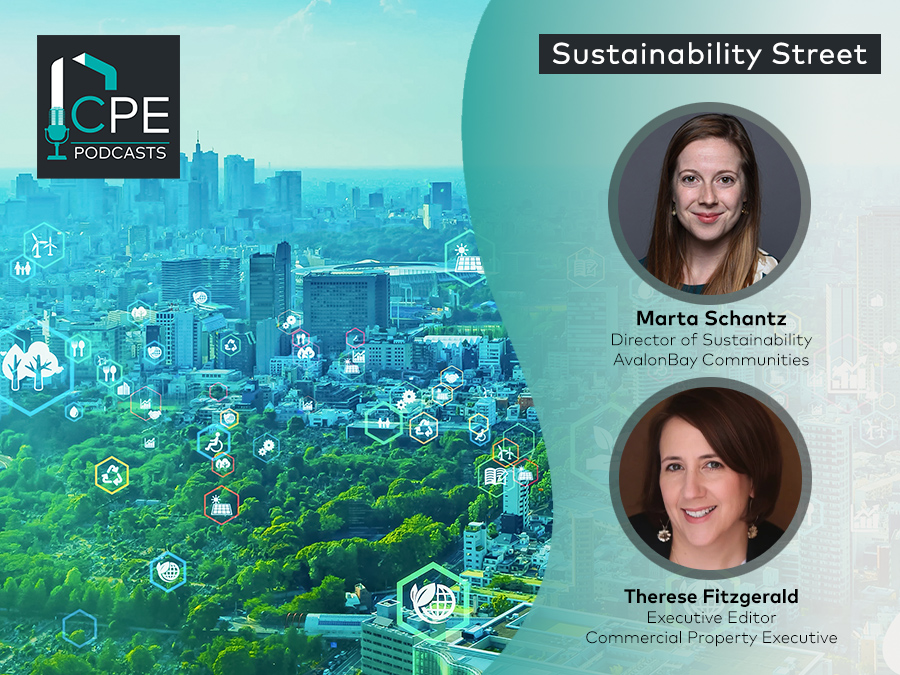

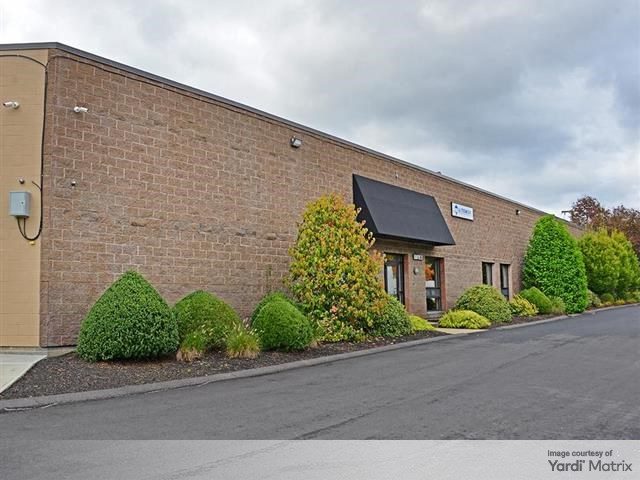
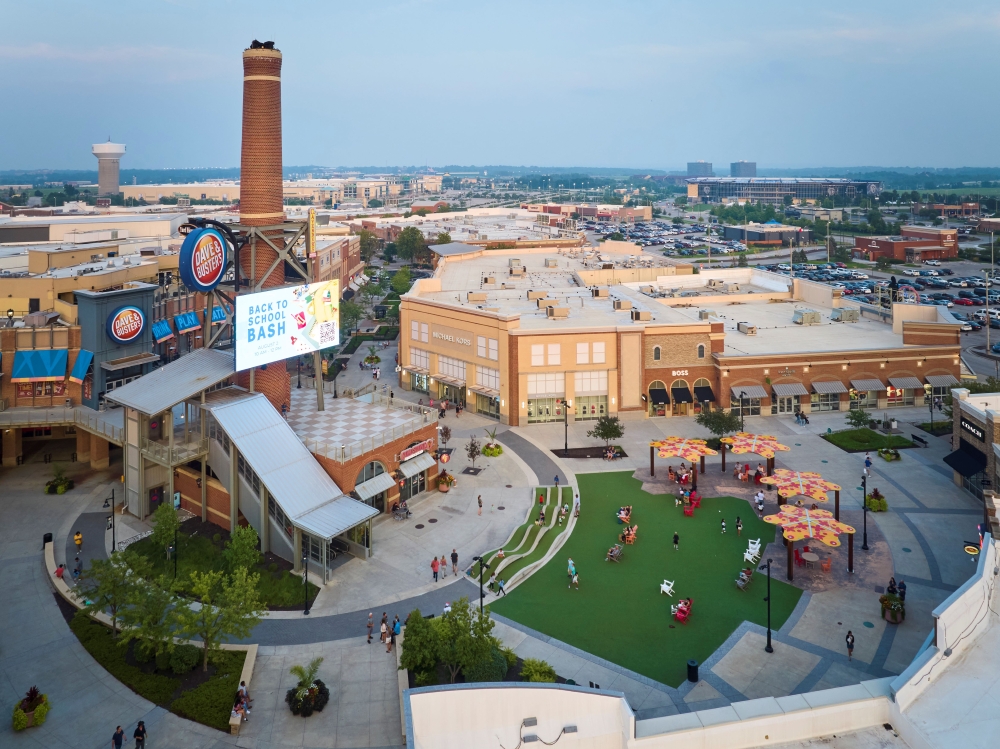
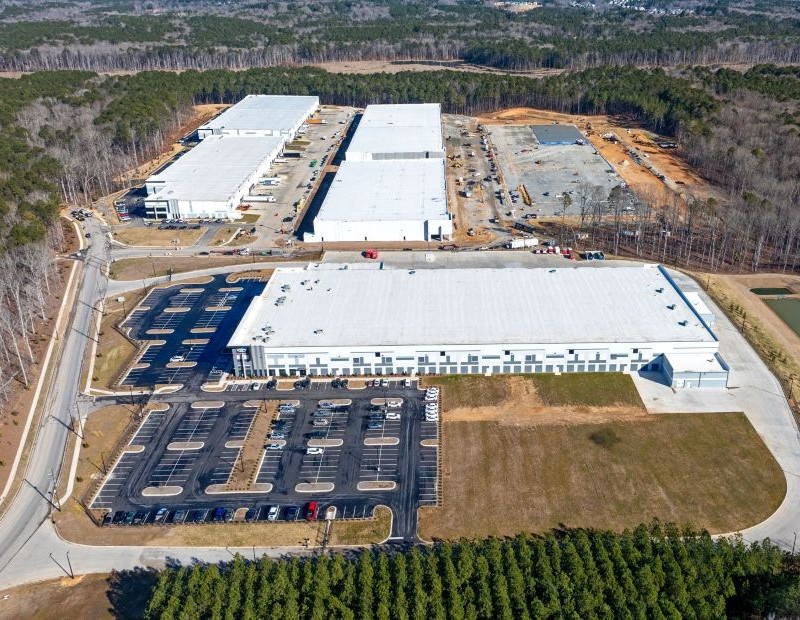
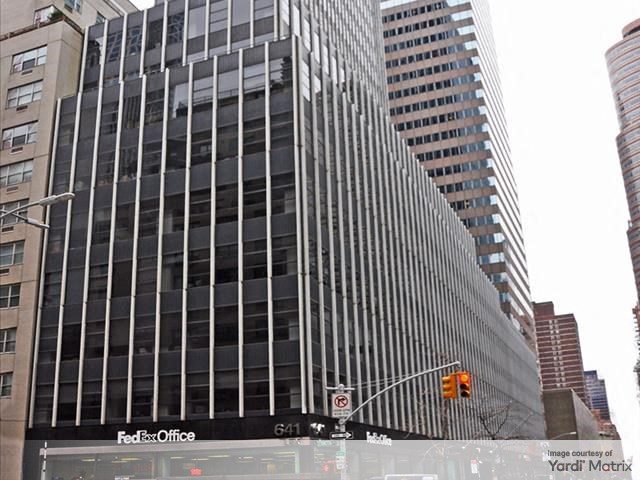
You must be logged in to post a comment.